Rising Disposable Income
The Luxury Leather Good Market appears to be positively influenced by the increasing disposable income among consumers. As individuals experience higher earnings, they tend to allocate a portion of their income towards luxury items, including leather goods. This trend is particularly evident in emerging markets, where a burgeoning middle class is eager to invest in high-quality products. According to recent data, the luxury goods sector has seen a growth rate of approximately 5% annually, with leather goods being a significant contributor. The willingness to spend on premium products suggests a robust demand for luxury leather items, indicating a favorable environment for market expansion.
Evolving Consumer Preferences
Consumer preferences are shifting towards personalized and unique luxury items, which significantly impacts the Luxury Leather Good Market. Today's consumers are increasingly seeking products that reflect their individuality and lifestyle choices. This trend is evident in the rising demand for bespoke leather goods, which cater to specific tastes and preferences. Market data indicates that the customization segment within the luxury sector is projected to grow by 7% over the next few years. This evolution in consumer behavior suggests that brands must adapt their offerings to meet these changing demands, thereby enhancing their market position.
Sustainability and Ethical Production
Sustainability has emerged as a critical driver within the Luxury Leather Good Market. Consumers are becoming more conscious of the environmental and ethical implications of their purchases. As a result, brands that prioritize sustainable practices and ethical sourcing are likely to gain a competitive edge. Recent studies indicate that approximately 60% of luxury consumers are willing to pay a premium for products that are environmentally friendly. This shift towards sustainability not only influences purchasing decisions but also encourages brands to innovate in their production processes, thereby aligning with consumer values and enhancing brand loyalty.
Digital Transformation and E-commerce Growth
The Luxury Leather Good Market is experiencing a significant transformation due to the rise of digital platforms and e-commerce. As consumers increasingly turn to online shopping, luxury brands are adapting their strategies to enhance their digital presence. Data suggests that online sales in the luxury sector are expected to account for over 30% of total sales by 2025. This shift necessitates that brands invest in robust e-commerce platforms and digital marketing strategies to reach a broader audience. The integration of technology not only facilitates convenience for consumers but also allows brands to engage with their customers in innovative ways.
Influence of Social Media and Celebrity Endorsements
Social media platforms and celebrity endorsements play a pivotal role in shaping consumer perceptions within the Luxury Leather Good Market. The visibility and influence of luxury brands on platforms like Instagram and TikTok have transformed marketing strategies. Data indicates that approximately 70% of consumers are influenced by social media when making luxury purchases. This trend underscores the importance of maintaining a strong online presence and leveraging influencer partnerships to enhance brand visibility. As consumers increasingly seek validation from social media, brands that effectively utilize these channels are likely to see a boost in sales and brand loyalty.





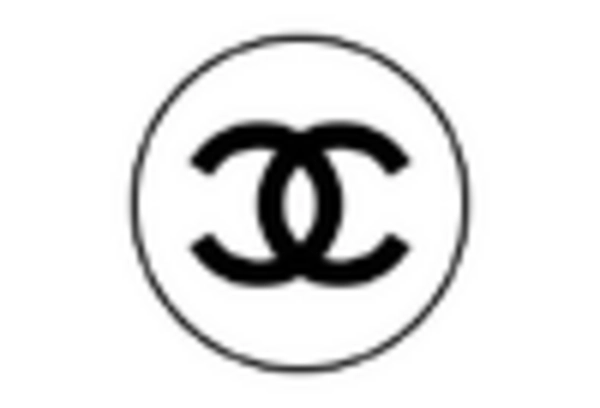
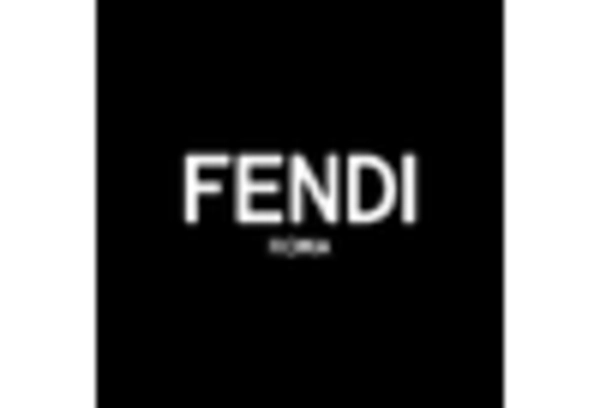
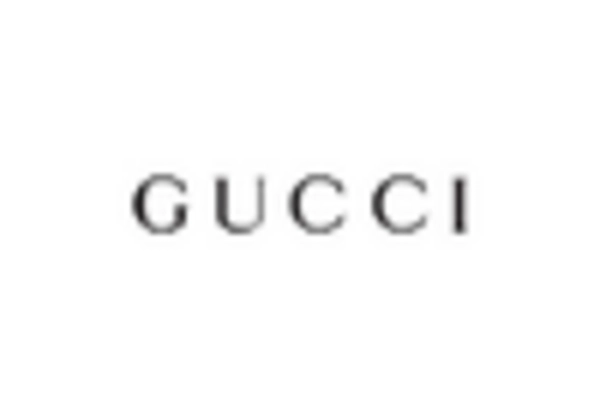
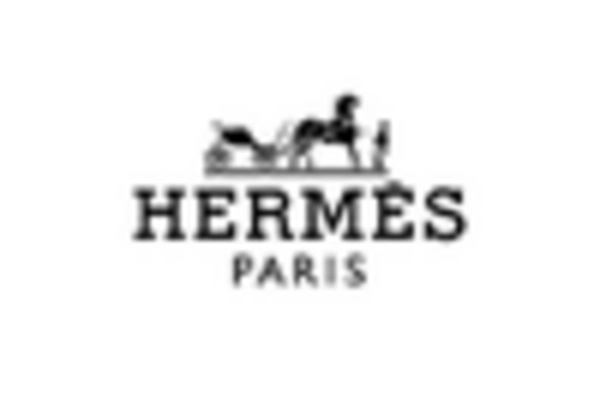

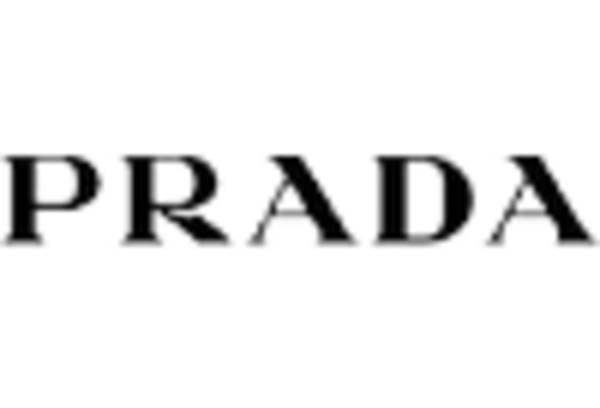








Leave a Comment